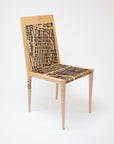
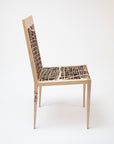
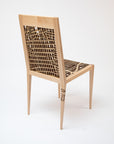
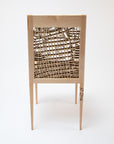
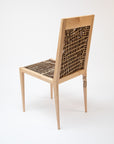
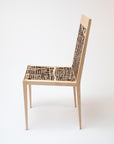
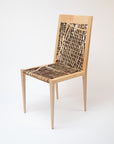
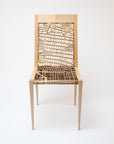
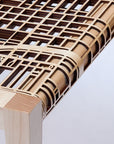
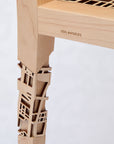
Wood Chair, Los Angeles - Designer Series
Model shown in Maple.
The Atlas Obscured Collection Wood Chair consists of four layers of laser-cut maps. The solid wood frames are precisely milled on a CNC machine, then the map layers are laser-cut and inlaid into the frame.
Material: Solid Wood, Plywood
Dimensions: 20⅞in L x 17in W x 37in H
Weight: 10.8lbs
Map Scale: 1in = 500ft
Lead Time: Up to 2½ Months
Designer Series Wood Chairs are made to order utilizing thoughtfully curated maps and narratives. Each piece is made with intention and care. As such, production timelines may be subject to minor adjustments in rare cases. Please allow additional time for shipping.
Made From Four Layers of Historical Maps
OCCUPYING OVER 130 YEARS OF LOS ANGELES HISTORY
Top Layer
2024
Los Angeles is a powerhouse of entertainment, technology, and global commerce, shaping trends worldwide. Hollywood continues to dominate film, television, and digital media, while music, fashion, and gaming industries expand their influence. Tech and aerospace innovations drive economic growth, attracting talent from around the world.
Sustainability efforts focus on renewable energy, expanded public transit, and climate resilience initiatives. Housing affordability and infrastructure challenges persist, prompting policy shifts and urban development projects.
The city's rich diversity fuels a thriving cultural scene, with world-class dining, art, and festivals defining its vibrant identity. Los Angeles embraces the future while maintaining its legacy as a city of dreams and reinvention.
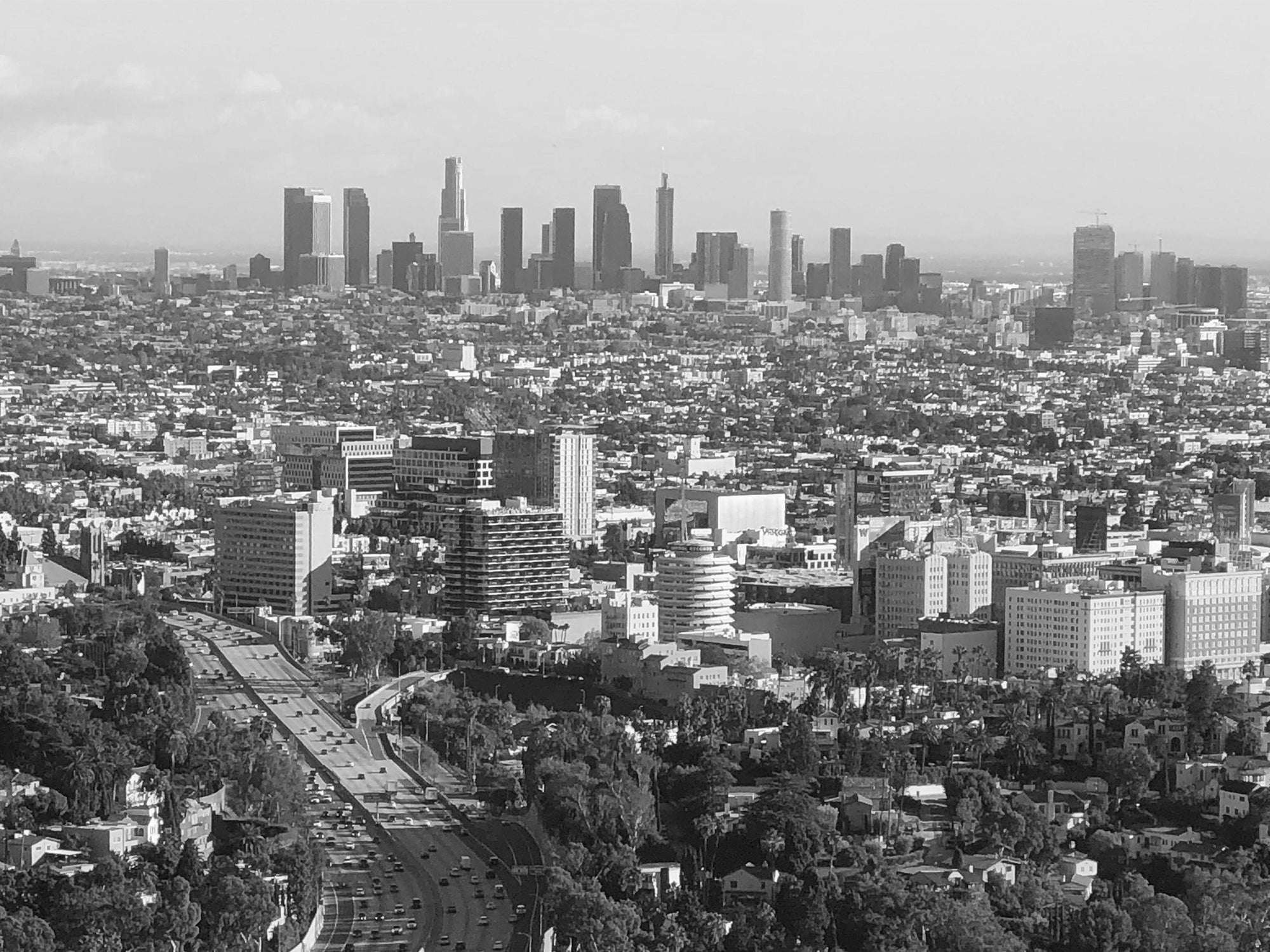
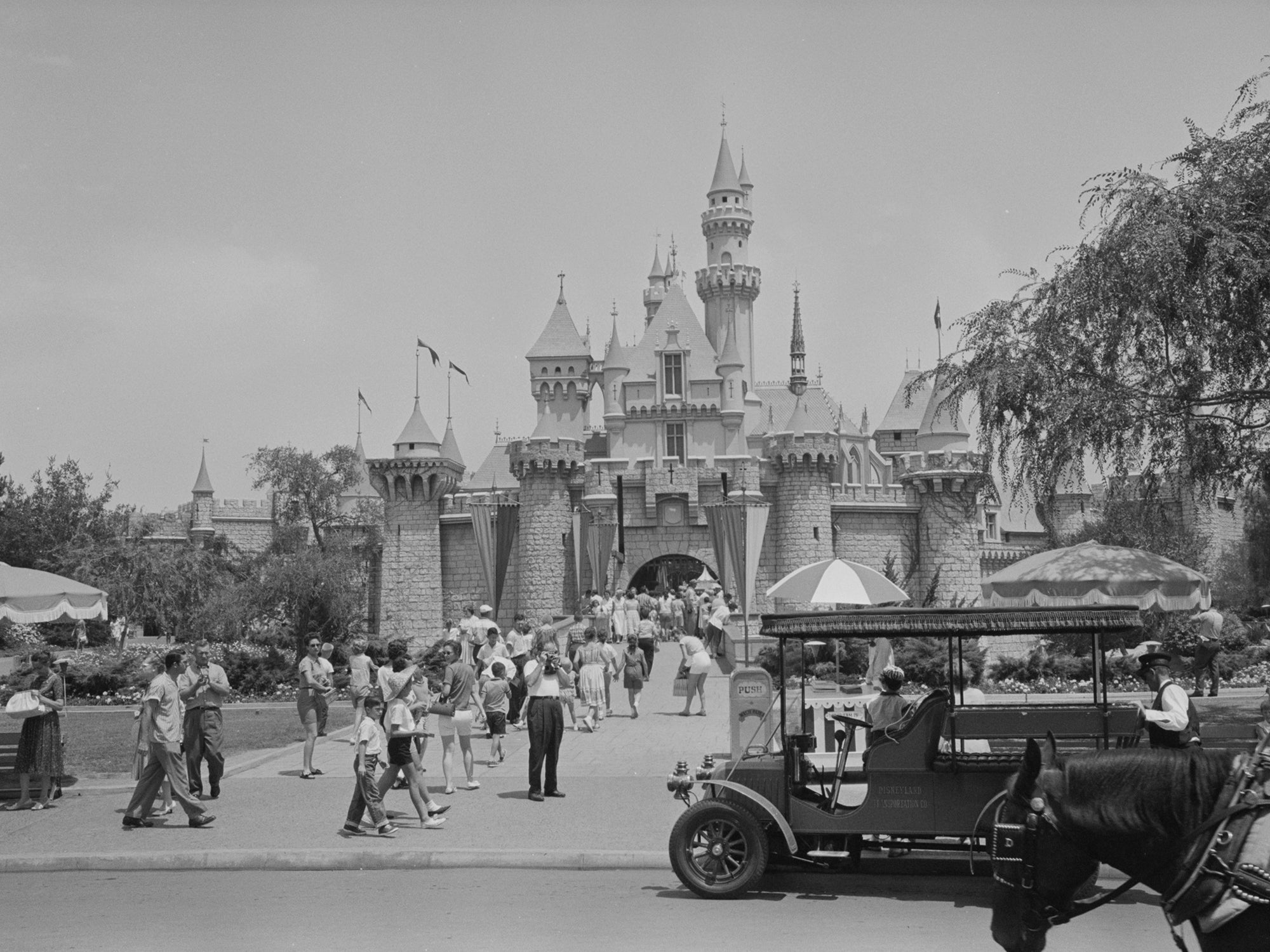
Second Layer
1950
Los Angeles enters a golden era of entertainment, leisure, and innovation, solidifying its global influence over the next decade.
Disneyland soon opens its gates, introducing a new era of theme park entertainment and earning its title as "The Happiest Place on Earth." The Hollywood Walk of Fame begins honoring the icons of film, music, and television, cementing the city’s cultural legacy. Mattel soon launches Barbie, sparking a revolution in the toy industry and shaping popular culture.
Freeways expand to accommodate the city’s growing reliance on automobiles, redefining urban mobility. Suburban development flourishes, creating new residential communities across Southern California. The city's image as a hub of creativity, glamour, and opportunity continues to thrive.
Third Layer
1920
Los Angeles stands as the global epicenter of the film industry, producing 80% of the world’s movies. The city’s population surpasses one million, reflecting its rapid expansion and economic strength. Oil production thrives, with California supplying a quarter of the world's petroleum, further boosting industrial growth.
Skyscrapers and new infrastructure projects reshape the skyline, while automobiles become a defining feature of urban life. Hollywood attracts filmmakers, actors, and visionaries, solidifying its status as the entertainment capital. The fusion of wealth, ambition, and artistic talent fuels the city’s creative energy.
Los Angeles continues its transformation into a modern metropolis, influencing global culture and industry.
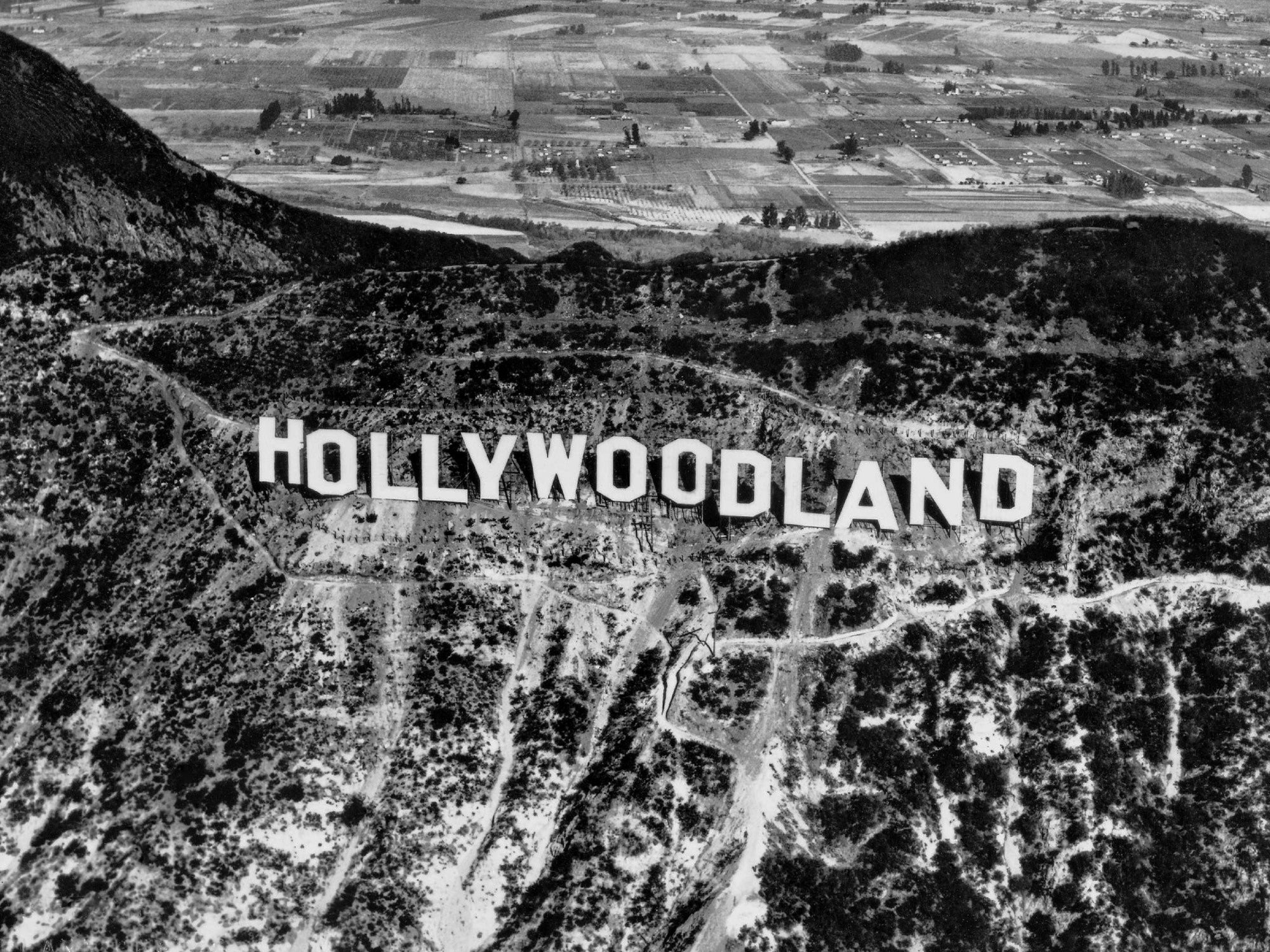

Bottom Layer
1892
Los Angeles experiences a transformative boom with the discovery of oil, drawing workers, investors, and entrepreneurs seeking opportunity. The population surges, doubling within a decade as industries expand to support rapid urbanization.
Railroads and streetcar networks struggle to keep pace with growth, reshaping the city's infrastructure. Oil wells appear across the landscape, fueling economic prosperity and positioning Los Angeles as a rising industrial force. The influx of migrants diversifies the city's demographics, creating new communities and business ventures. Land development accelerates, with new neighborhoods forming to accommodate the growing workforce.
The foundations of Los Angeles as a major commercial and cultural center begin to solidify.
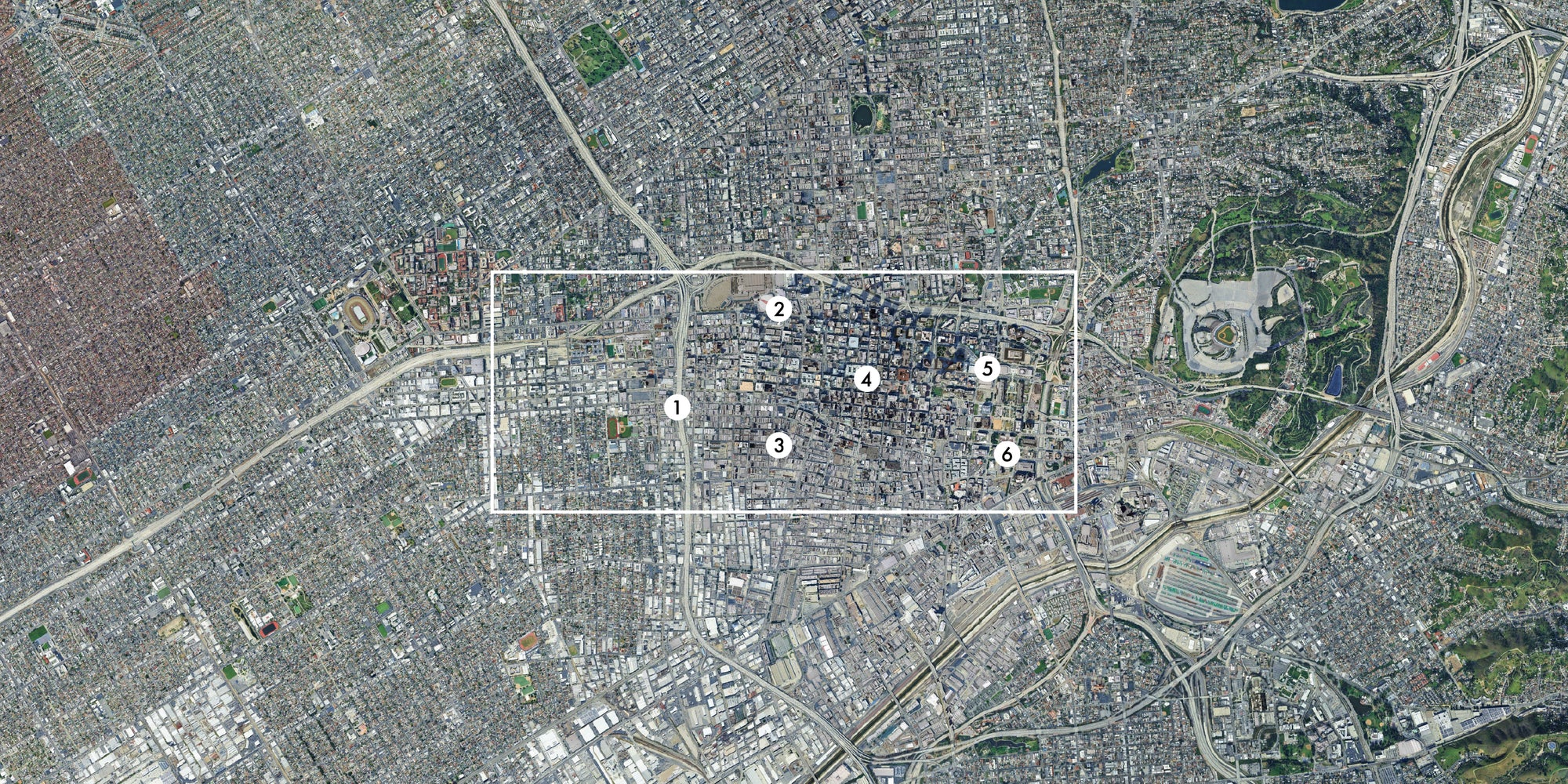
MAP LOCATION
1. Interstate 10
2. Crypto.com Arena
3. Fashion District
4. Downtown Los Angeles
5. Walt Disney Concert Hall
6. Los Angeles City Hall












